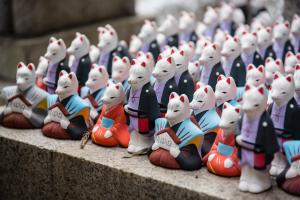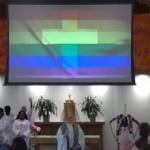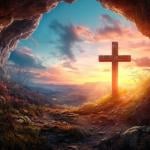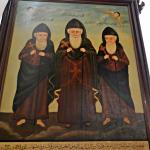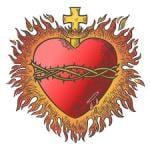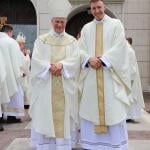The Christian Church is three days into the Christmas season, the period that commemorates the first coming of its founder Jesus Christ. It is not contentious to say that, long after the Christmas trees are down, Christians will continue the hard task of waiting for Christ to come again. However, in that waiting, many Christians seem to operate under the assumption that, until He comes the second time round, Christ is somewhat absent or at least separated from creation.
In response to this assumption the medieval Doctor of the Church, the Office of Readings offers us a sermon by the medieval Doctor of the Church St. Bernard of Clairvaux, who stated that there were not two but three comings of Christ. For Bernard, the period bracketed by the Incarnation and the eschaton – two visible comings – constitutes a hidden and intermediate coming of the Lord. This intermediate coming is no less salvific than the more familiar two, with the only difference being that whilst the two visible comings of Christ were witnessed by believer and non-believer alike, the only witnesses to the invisible coming would be the elect within the body of Christ, who see its transformative power in their own lives.
Some might dismiss this as some purely interiorised flight of the imagination, but note Bernard’s exhortation on what to do in the face of this intermediate coming:
Keep God’s word in this way. Let it enter into your very being, let it take possession of your desires and your whole way of life.
The notion of transforming your “whole way of life” thus points to a very material, visible, transformative and very public dimension to this intermediate coming that is no less material, visible, public or transformative than the first and last comings of Christ.
It is this understanding of God’s coming into creation between the two great visible comings that informs a sacramental imagination, and the medieval understanding (one more acutely articulated in St. Bonaventure’s writings than in St. Thomas Aquinas’) that God is constantly bringing all of creation back to Himself and in the process, transforming creation and making creation more Godlike.



